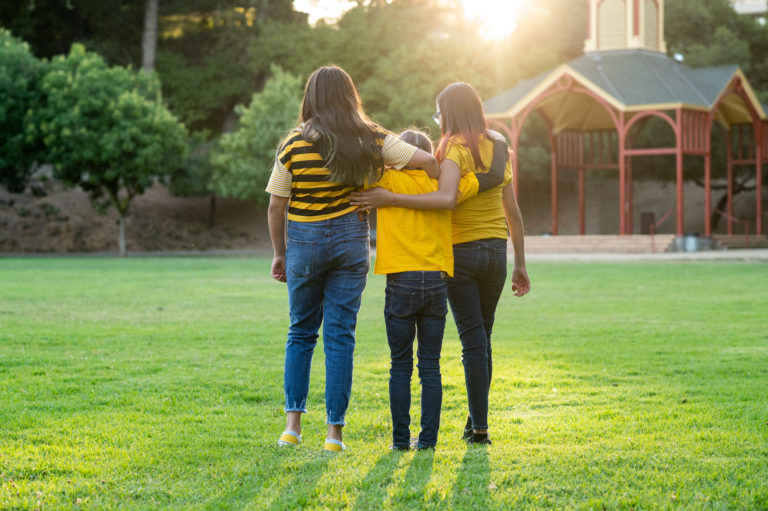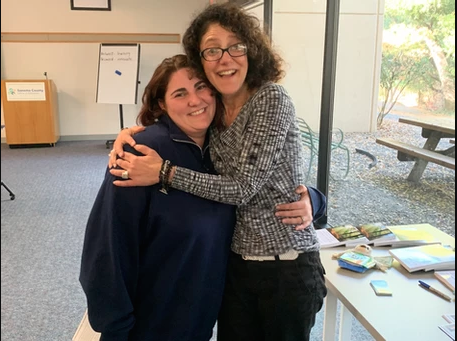The Spiral
By: Erin Bouchard
Our home doesn’t have air conditioning, so you can often find the Bouchard family hanging out at a local splash pad. One summer, when my kids were about seven and four, we visited a splash pad in our neighboring town.
This splash pad had a giant water tube with a mushroom-shaped sprinkler on top. The water spiraled around and around until it shot up and out of the sprinkler.
I thought that tube with the spiraling water was the perfect analogy for our kids’ regulation.
You see, some kids live at the top of that tube – and seemingly meaningless things, like the way we say their name or the smell of their food, sets them off. And they are in explosion or crisis mode, just like that.
Other kids spiral and spiral, giving us clues that they are approaching dysregulation. But as busy parents in a rush of day-to-day activities, we may sometimes miss those clues!
My son used to distort his face in a way that I cannot mimic but can picture clearly in my mind. A foster child that lived with us would begin to kick the table.
If we attune to their little clues, we can notice when they start into that spiral, giving us time to redirect them before they explode and we have a crisis on our hands.
Here are some strategies to try when they are in the middle of the spiral:
- Make them laugh
- Move their bodies – go for a walk, change scenery by going outside, dance in the kitchen, jump on the trampoline, etc.
- Do something with water – drink a glass of water, have a bath, run through the sprinkler, have a water gun fight
- Apply pressure – give a bear hug, sit under a weighted blanket, let them sit and pile their stuffed animals on them (if they’re willing)
- Have a snack – a popsicle, or something crunchy like nuts or crackers.
The goal is not to lecture.
This goes against what we feel is our job as parents. We want our kids to grow up and know right from wrong. We want them to learn to regulate their own emotions. We want them to stop causing chaos in our home. I get all that.
But at this moment our kids need to know a couple of things:
- They are safe.
- We still love them.
- We are going to help them feel better inside.
Our kids don’t want to feel this way, and we don’t want them to feel this way!
Our kids often know what’s right from wrong. But when in crisis mode they are operating out of their fight/flight brain rather than their thinking brain. This means that we can’t reason with them or threaten consequences, because they aren’t capable of thinking in that capacity when they’re in their survival brain, fight/flight.
If we aren’t able to prevent them from going up into the spiral, then we must focus on moving them out of this crisis mode and back into regulation as quickly as possible. And that’s using those same strategies, remaining calm ourselves and focusing on connections rather than corrections.
Expert Biography for Erin Bouchard: Author. Speaker. Advocate. Educator. Erin founded Trauma-Informed Parenting because she’s passionate about helping foster and adoptive parents understand early trauma and attachment. Erin Bouchard and her husband, Joel, have been foster parents since 2011. They adopted out of the foster care system in 2014. They are kinship, foster, adoptive, and bio parents. Over the years Erin has learned a lot through their experiences with early trauma. She teaches and educates about connection, attachment, trauma, grief, and loss. Her first book, Trauma-Informed Parenting is on the way! Help One Child appreciates her collaboration and contributions with blog articles, video usage permission for support group curriculum, and podcast guest appearances.









